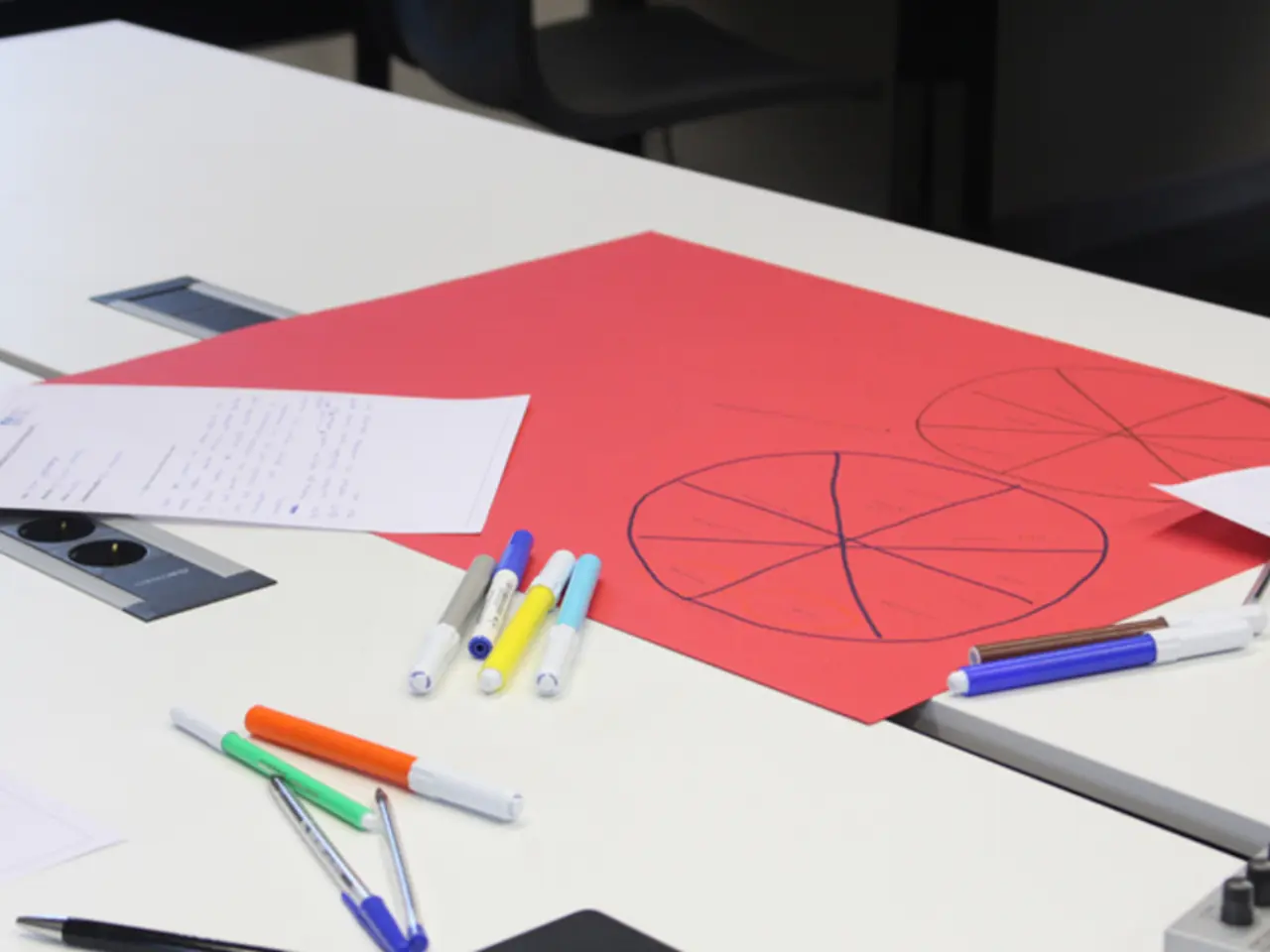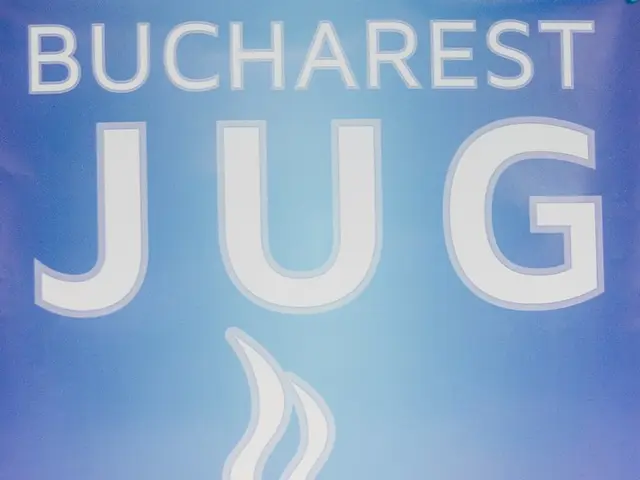Exploring Language Arts Evaluation: Pivotal Findings and Effective Methods
Transforming Language Arts Assessment: A Comprehensive Approach
Language Arts assessment has evolved to accommodate diverse learners, adopting a multifaceted approach that evaluates students' reading, writing, speaking, and listening skills. This modern approach is designed to foster growth, promote continuous learning, and improve literacy outcomes.
Embracing Diverse Assessment Tools
The key to effective Language Arts assessment lies in the use of diverse tools. Combining standardized tests, teacher-created tests, quizzes, projects, presentations, observations, and interviews caters to different learning styles and abilities. By doing so, educators can create a flexible assessment system that respects individual differences and supports differentiated literacy instruction.
Formative and Summative Assessments: A Balanced Approach
Formative assessments, such as quizzes or interactive group discussions, are used continuously to monitor progress and guide instruction. Summative assessments, on the other hand, evaluate overall achievement, ensuring multiple checkpoints along the learning trajectory. This balanced approach ensures a comprehensive understanding of student learning.
Differentiated Instruction: Tailoring Learning to Individual Needs
Tailoring literacy instruction based on assessment data is crucial. By differentiating content, processes, and text structures according to specific student needs, educators can support individual learner goals, leading to gains in reading comprehension and vocabulary.
Technology Integration: A Modern Approach
Technology plays a significant role in Language Arts assessment. It encourages collaborative assessments through tools like Google Docs, where students can engage in peer review processes. Additionally, platform-based assessments enable immediate feedback, allowing educators to identify students' strengths and weaknesses swiftly.
Cultivating Student Ownership: Peer and Self-Assessment
Involving students in the assessment process through self-reflections and peer assessments cultivates a sense of ownership over their learning. This approach fosters a sense of community in the classroom and encourages critical thinking skills.
Rubrics: Providing Clear Criteria
Rubrics serve as structured tools outlining specific criteria for evaluating student work, providing clear expectations for educators and learners. They enhance student involvement in the learning process, allowing them to self-assess their work and identify specific areas for improvement.
Culturally Responsive Assessments: An Inclusive Approach
Culturally responsive assessments consider students' backgrounds, allowing for a more inclusive approach to education. This approach ensures that assessments are fair and equitable, promoting a culture of continuous learning and improved literacy outcomes.
Portfolio Assessment: Showcasing Creativity and Growth
Through portfolio assessment, learners can demonstrate their creativity and growth in a personal and authentic manner. Portfolio assessment allows educators to evaluate a range of skills, from writing proficiency to critical reading abilities, by examining various samples of student work.
Data Analysis: A Comprehensive View
Effective strategies for data analysis include the examination of quantitative metrics, such as test scores, alongside qualitative data from student work and feedback. This approach provides a comprehensive view of student abilities and learning progress.
In summary, an effective assessment system in Language Arts for diverse learners is flexible, multifaceted, ongoing, and integrated with instruction. It respects individual differences, supports differentiated literacy instruction, and promotes growth through varied, data-informed evaluation methods.
In this comprehensive approach, educational technology is leveraged to facilitate collaborative assessments using tools like Google Docs for peer review, and platform-based assessments for prompt feedback, thereby adopting e-learning and ensuring congruity with education-and-self-development objectives. Concurrently, the integration of instructional strategies such as rubrics offers a clear set of standards for both educators and learners, fostering an atmosphere of learning and improvement through learning.
Moreover, the adoption of culturally responsive assessments, which take learners' backgrounds into account, ensures inclusivity and fairness while empowering diverse learners through learning and literacy programs, further solidifying the foundation of continued improvement and personal growth in an educational setting.




